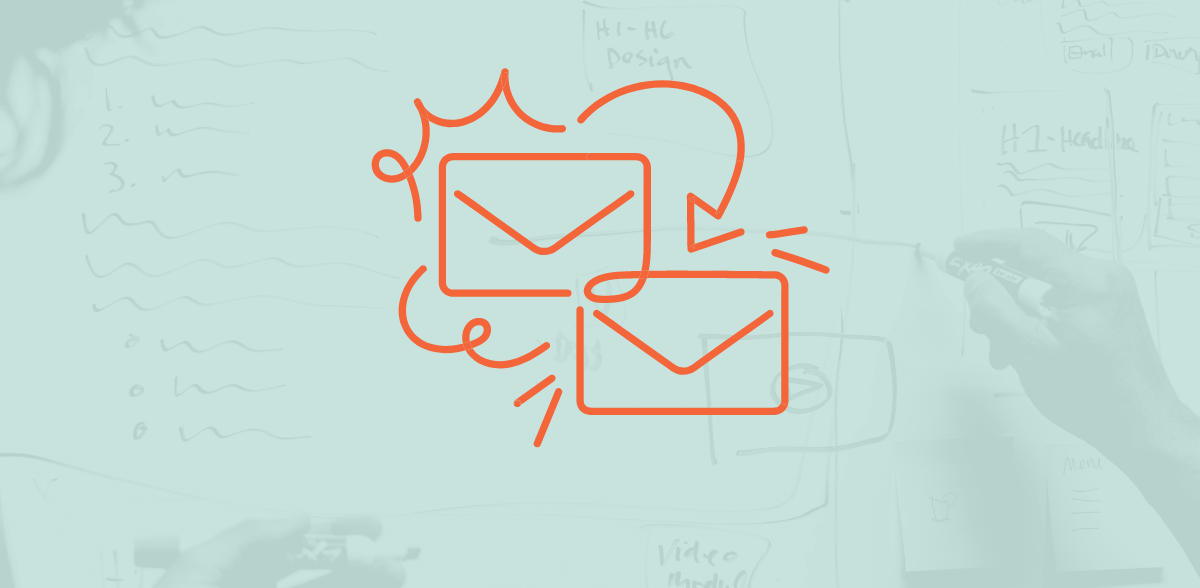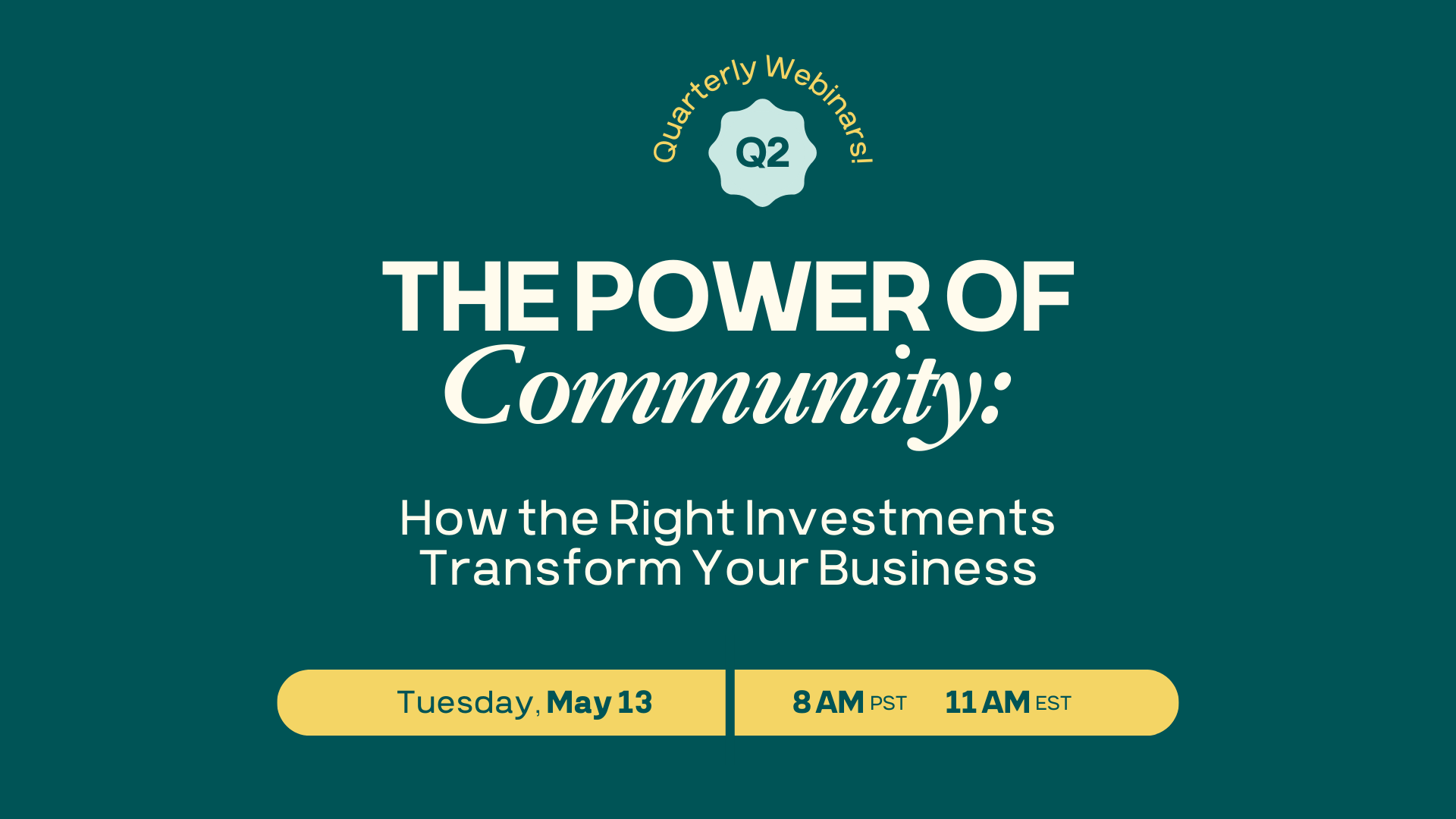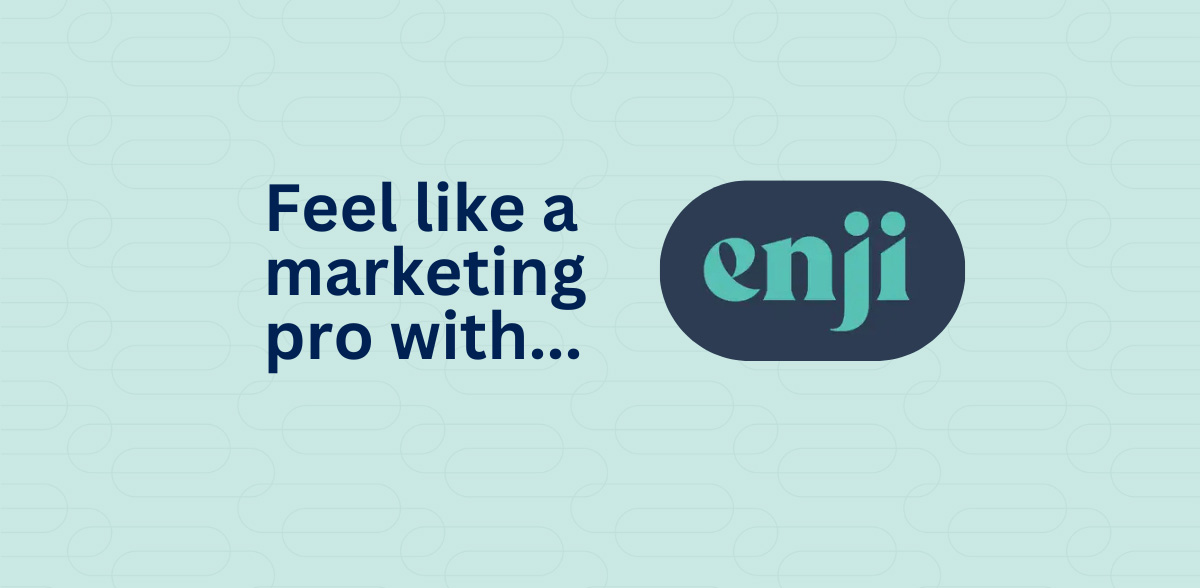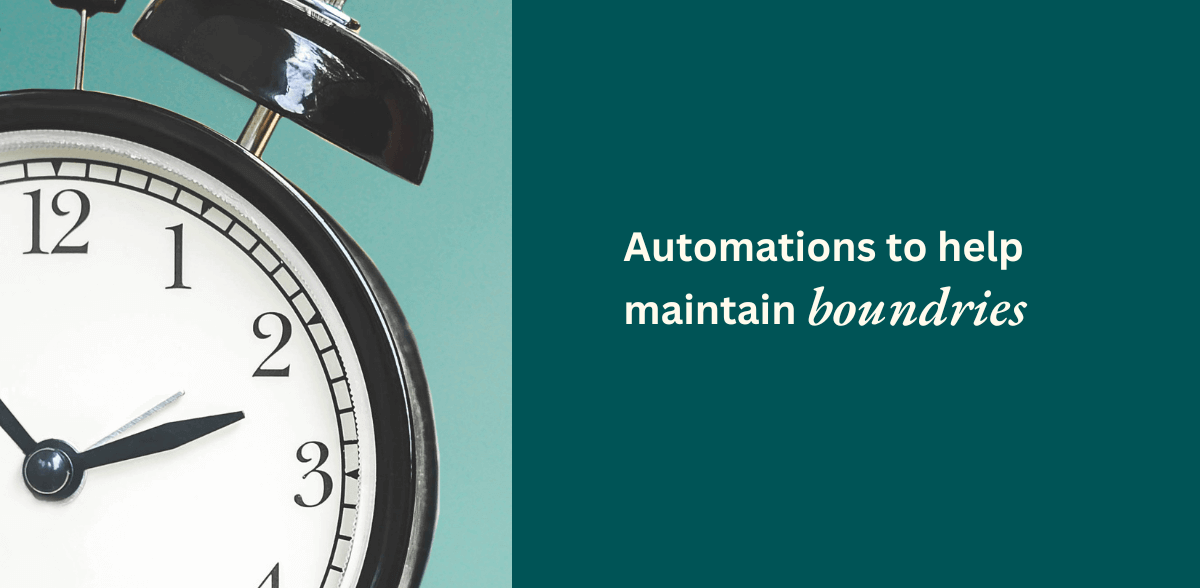Have you ever asked a question and then not listened to the response?
We all do it. We ask questions and then our mind wanders. Sometimes it’s because we’re asking a question out of obligation rather than real interest. If we ask questions that we want to know the answers to, we’re more likely to listen to the response.
The same thinking goes for email campaigns. If you don’t want the answer, don’t ask the question. If you have nothing to say, don’t send the email. An obligatory email actually drives your customers away.
Effective email campaigns either share information, provide a service, or move your reader to action. It is the simple question “What is in it for them?” that is never quite so simple.
So when you’re thinking about emails, first consider your audience. Is there a group that needs this email or is it for everyone? Does it come after a trigger or is it a routine?
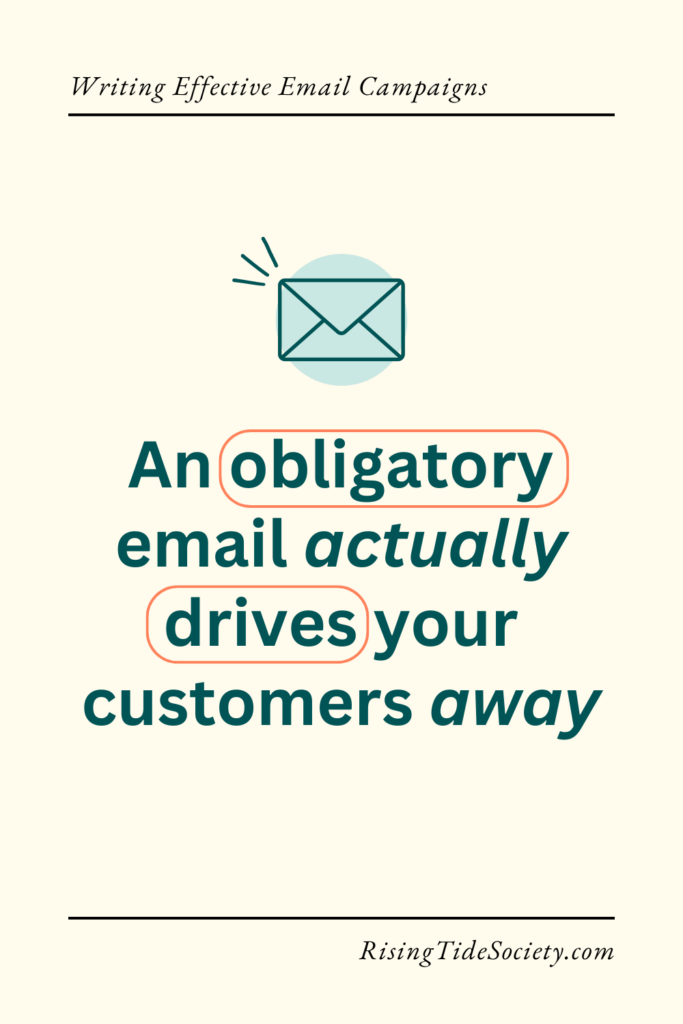
An essential element of human communication is a combination of novelty and routine. The balance of both helps our brains function – the routine provides safety, while the novelty activates the pleasure centers of the brain. When you are designing an email campaign for your business, it is wise to consider both.
How to Create a New Customer Email Campaign
- Think of the times when you have something to say (launch, sign up, promotions, monthly) and craft a specific message for each audience that takes that information into account.
- Consider the messages and interaction that you want your audience to have with you (share the message, download something, respond to a question) and design something that makes it simple for them to complete the action.
- Determine the consequence for not taking the action and include that in your message as well.
Example: We have someone who signs up for a freebie on our Facebook page, our automated email campaign returns an email to them and can reference the Facebook group and ask them to share that page with three friends. We include the link and graphic that they can just click on to do the work asked of them. If we’re intent on inviting others and growing our base, then we create a time when we do a Facebook Live with them and their three new friends.
Email Touchpoints: Planning How Often To Send Emails
Next, consider the types of content for a campaign.
Do you have a six-week promotion that is time-bound or do you want to stay top of mind and send a monthly newsletter?
Take the long view and map out your content on a calendar. Depending on what you have going on, you may find that a monthly newsletter doesn’t fit your approach. When you have a calendar, you can create more impactful messaging.
- People need time to plan for events or interactions. If you have a deadline for people, give them enough time to respond. Many people won’t open their email the day you send it.
- Holidays, vacations, and busy times of the year impact response time for people. Avoid or choose to send on days that you know people have a better chance of reading your information.
- Look at data and test automations. If you get a click rate of 60% on a Tuesday but only 10% on a Wednesday, try another Tuesday and see your results. Don’t assume the content was what made it clickable–it could be your timing. Test your theories using the data provided in your email system.
Example: You have a monthly newsletter that always goes out on the first of the month. This year, you also have an event on the first of July. If you’re only communicating about the event during that monthly email, you’re expecting your audience to either remember for an entire month or open your email and go to the event the same day. Both are improbable. Look at your calendar and plan out at least two other touchpoints that give your reader time to respond, plan, and attend!
Create Two-Way Communication
Finally, when you think about your campaigns, consider what you want your audience to ultimately do with the email.
- Are you creating a community?
- Providing resources?
- Asking them to spend money?
Whatever that goal is, it can be achieved better when your customers feel like you are listening to them as well. Include content in your emails that give them the opportunity to engage back with you. Use that interaction to drive future campaigns!
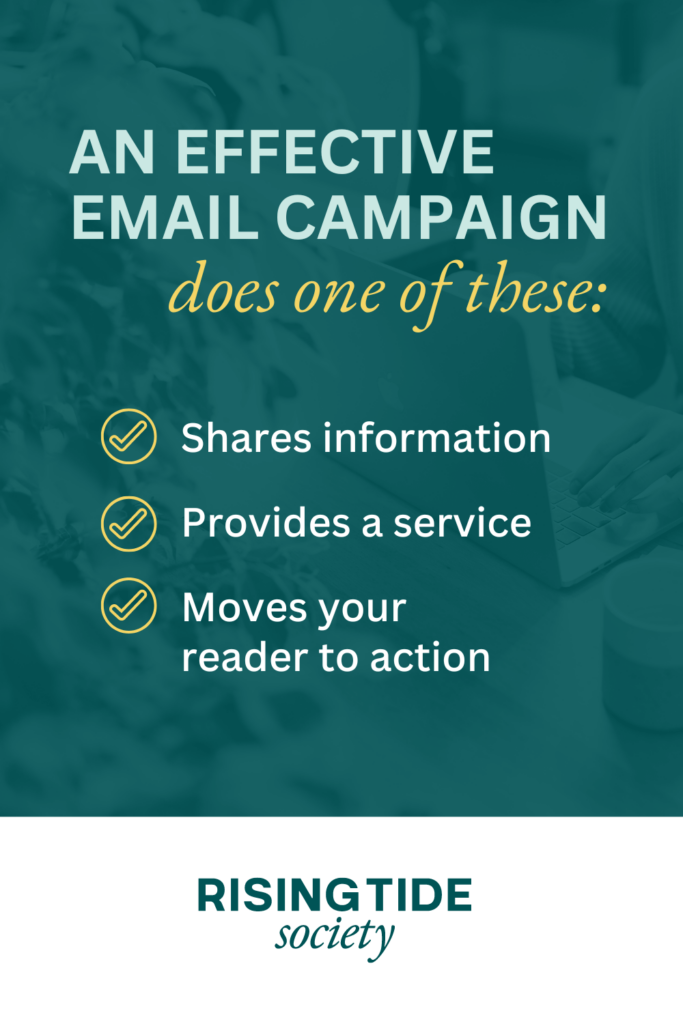
Still Looking for the Perfect Email Marketing Platform?
Flodesk has generously supported Rising Tide Society since we became a nonprofit. We use their company for our own emails and the emails for our chapters, and we love the new additions they’ve made to what they offer their clients.
